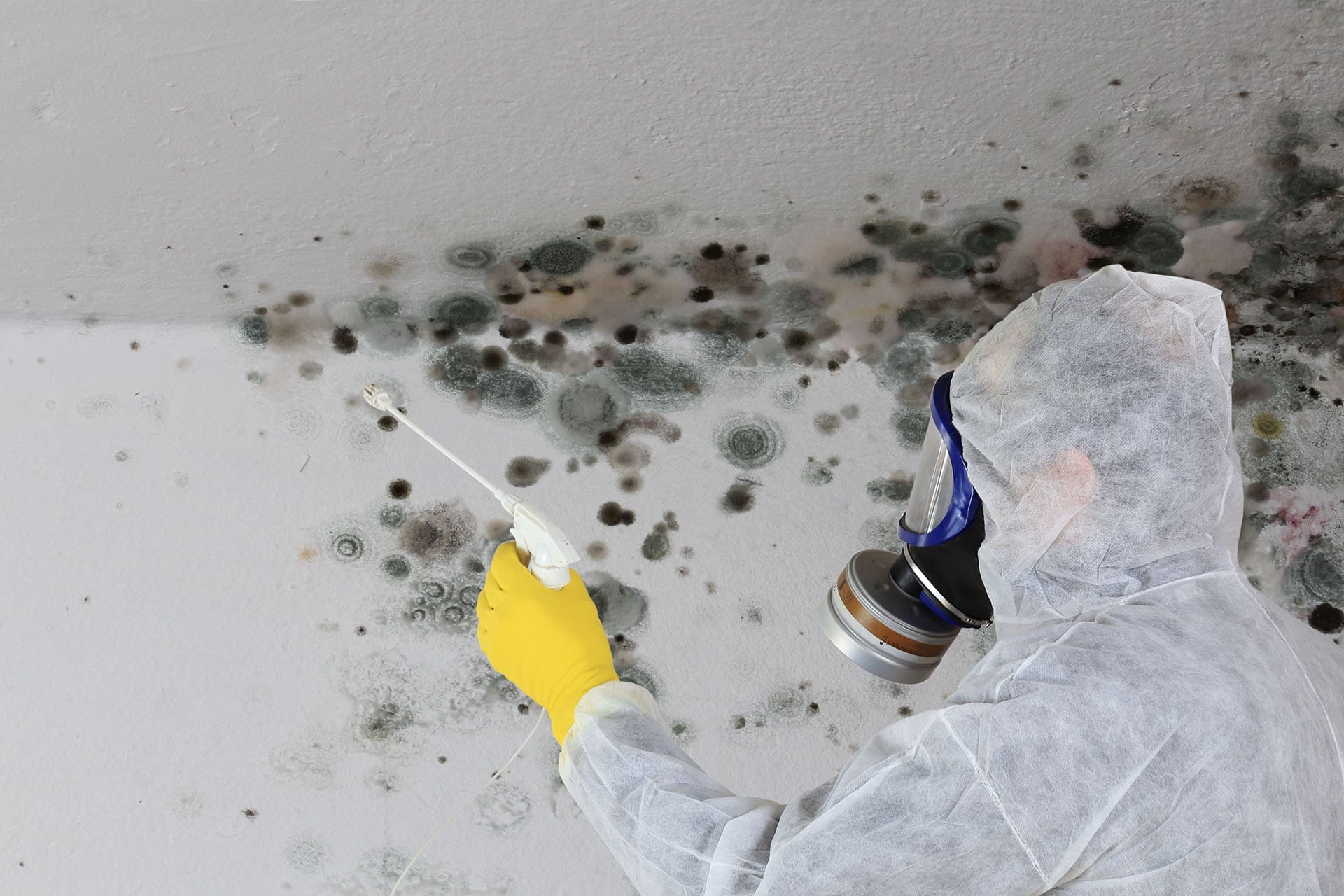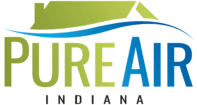Essential Steps For Mold Detection And Prevention
If you detect a musty odor in your home, it could be a sign of mold growth. To address this issue, start by identifying the source of the mold, focusing on areas with high humidity like bathrooms and basements. Open windows and use fans to ventilate the area. Fix leaks and improve ventilation to remove moisture sources. Clean and disinfect affected surfaces using protective gear and consider discarding mold-infested items. Use dehumidifiers and exhaust fans to lower humidity. Monitor for recurrence by regularly inspecting high-risk areas.
For large-scale mold problems, seek professional help. Finally, prevent future infestations. Maintain good ventilation. Fix moisture issues quickly. Clean high-humidity areas regularly. Following these steps can help you manage mold and maintain a healthy home environment. Discovering a moldy smell in your home can be alarming. It’s important to act quickly to prevent the problem from getting worse. Mold can harm your health and damage your property.
Related: How Does Mold Remediation Work? Explore The Step-By-Step Process
1. Identify The Source Of The Odor
The first step when you detect a moldy smell is to locate the source. Mold thrives in damp and dark areas, so start by inspecting bathrooms, basements, kitchens, and areas near leaky pipes or windows. Use a flashlight to check for visible signs of mold. Look for black, green, or white spots on walls, ceilings, and floors. If you find mold, avoid touching it with your bare hands. If you can’t see any mold, the problem might be hidden behind walls or under floors. In this case, you may need professional help to find the hidden mold. Identifying the source is crucial because removing the odor without addressing the root cause will not solve the problem.
Related: What Health Risks Are Associated With Mold Exposure?
2. Ventilate The Area
Once you have identified the source of the mold odor, ventilate the area. Open windows and doors to allow fresh air to circulate. Ventilation helps to reduce the concentration of mold spores in the air. It also dries out damp areas, making it harder for mold to grow. If you have fans, use them to increase airflow. However, be cautious when using fans, as they can spread mold spores to other parts of your home. Ventilating the area can provide temporary relief from the odor, but it is not a long-term solution. You will need to take further steps to remove the mold and prevent it from returning.
3. Wear Protective Gear
Before you begin cleaning or inspecting moldy areas, it’s important to protect yourself. Mold can cause allergic reactions, respiratory issues, and other health problems. Wear protective gear such as gloves, a mask, and goggles. Use a mask that can filter out mold spores, such as an N95 respirator. Avoid touching mold with your bare hands, as it can irritate your skin. Wearing protective clothing, like long sleeves and pants, can also help prevent mold from coming into contact with your skin. Your safety is the most important consideration, so do not skip this step.
4. Remove Any Mold You Find
If the mold covers a small area, you can try to clean it yourself. Use a mixture of water and detergent or a specialized mold cleaner to scrub the mold away. Apply the cleaner to the moldy surface and scrub with a brush until the mold is removed. Be sure to dispose of any cleaning materials, such as sponges or brushes, after use. Never mix cleaning products, as some combinations can create toxic fumes. If the mold covers a large area, or if it keeps returning after you clean it, you may need to call a professional mold remediation service Indiana. Professionals have the tools and expertise to remove mold safely and effectively, reducing the risk of it returning.

5. Dispose Of Contaminated Items
Some items in your home may be contaminated by mold and may need to be thrown away. Mold can grow on fabric, wood, paper, and other porous materials. If these items have been exposed to mold for a long time, the mold can penetrate deeply into the material, making it difficult or impossible to clean. Items like carpets, rugs, upholstered furniture, and clothing may need to be discarded if they are heavily contaminated. When disposing of contaminated items, place them in a sealed plastic bag to prevent mold spores from spreading. It’s better to lose a few items than to risk your health by keeping moldy things in your home.
6. Prevent Future Mold Growth
After removing the mold, it’s important to take steps to prevent it from returning. Start by controlling moisture in your home, as mold needs moisture to grow. Fix any leaks in your roof, windows, or pipes. Use a dehumidifier to keep the humidity level in your home below 50%. Make sure your home is well-ventilated, especially in areas like the bathroom and kitchen. Clean and dry any wet areas within 24 to 48 hours to prevent mold from growing. Regularly inspect areas of your home that are prone to moisture, such as basements and bathrooms, to catch any mold growth early.
7. Consider Professional Mold Testing
If you smell mold but can't find it, or if you want to ensure your home is mold-free after cleaning, hire a pro for mold testing Indiana. Professional mold testing can detect hidden mold that you might not be able to see. It can also help determine the type of mold present, which can be important for deciding on the best removal method. Professionals use specialized equipment to take air and surface samples, which are then analyzed in a lab. This step can give you peace of mind and ensure that your home is safe.
Related: Should You Hire A Professional For Your Mold Remediation Needs?
8. Schedule Regular Inspections
Even after you have removed the mold, it’s a good idea to schedule regular inspections. Regular inspections can help you catch mold growth early before it becomes a big problem. You can do basic inspections yourself, checking for any signs of moisture or mold in areas prone to dampness. However, it’s also a good idea to have a professional inspect your home once a year. A professional can spot issues you might miss and recommend steps to keep your home mold-free. Regular inspections are an important part of maintaining a healthy and safe home.
Document The Mold Issue
Keep a record of your mold problem and the steps you have taken to address it. Take photos of the mold before and after cleaning, and note any repairs you have made, such as fixing leaks or replacing contaminated items. Documenting your mold issue can be helpful if you need to make a claim on your homeowner’s insurance or if you decide to sell your home in the future. It also allows you to track the problem over time and ensure that your efforts to remove and prevent mold have been successful.
Educate Yourself And Your Family
Finally, educate yourself and your family about mold prevention and removal. The more you know about mold, the better equipped you will be to handle any future problems. Teach your family about the importance of keeping your home dry and clean. Make sure everyone knows what to do if they spot mold or notice a musty smell. Staying informed can help you keep a healthy home. It can also help you avoid the stress and cost of a serious mold problem.
When To Seek Professional Help?
Dealing with mold can be stressful, but by following these steps, you can tackle the issue effectively. Remember, if the mold problem seems too big to handle on your own, don’t hesitate to reach out to professional mold remediation services Indiana. Taking action quickly can protect your home and your health, ensuring a safe living environment for you and your family.


